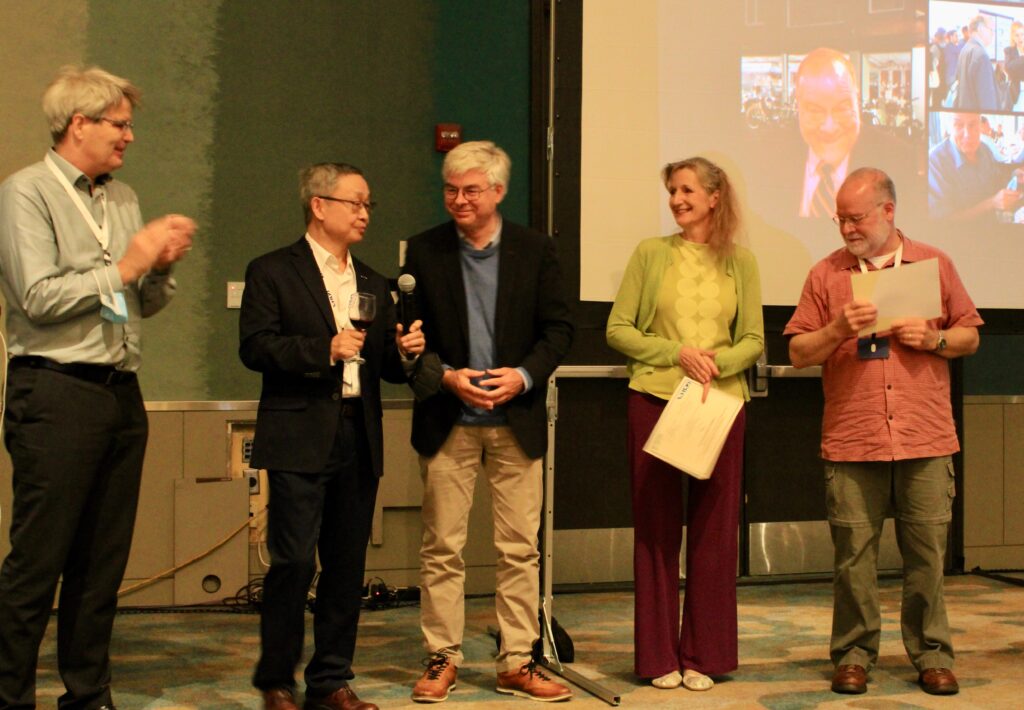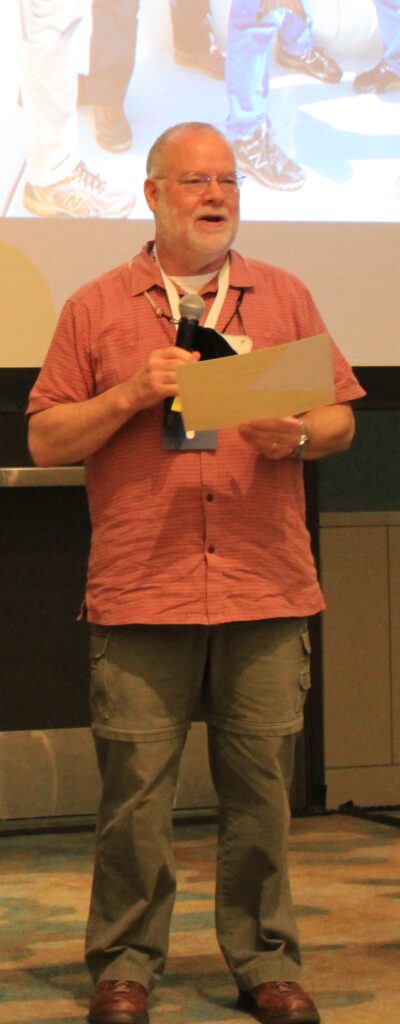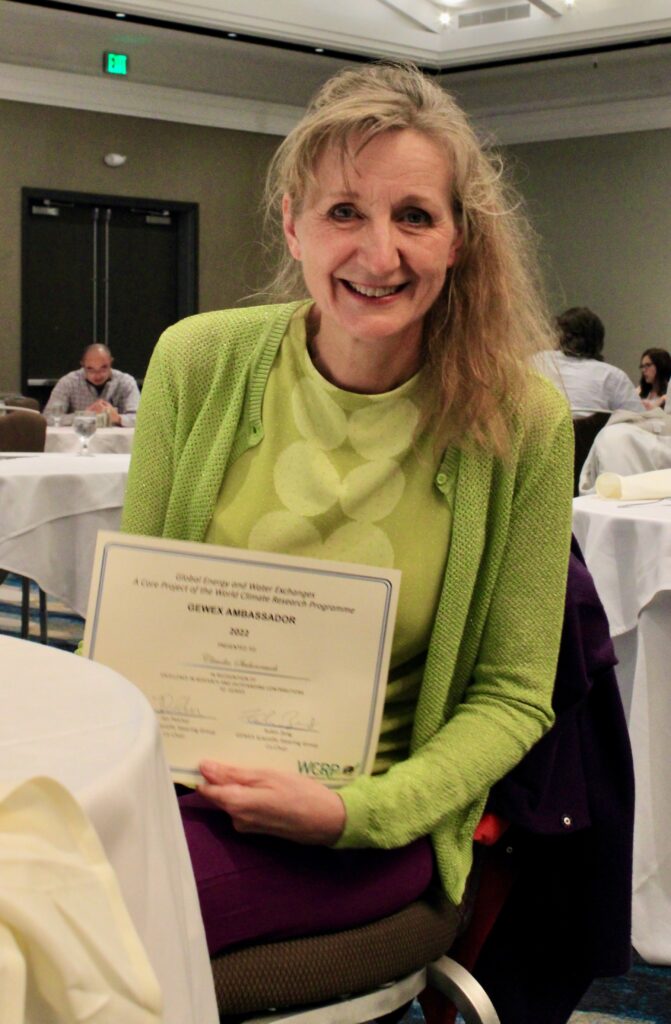GEWEX has substantially contributed to the development of our understanding of the water and energy cycles of the Earth system (See Stephens et al. 2022). The GEWEX community has decided to honor their colleagues who have made this international program possible by contributing a significant amount of their time and energy and who can continue to promote GEWEX in the broadest sense with a very new distinction: the title of GEWEX Ambassadors. For more information click here.
2022 GEWEX Ambassadors
Monterey, CA, USA, on 26 + 27 July, 2022
Michael Ek,
National Center for Atmospheric Research (NCAR)
I participated in the first PILPS workshop in 1992, in Columbia, Maryland, USA (AHS was there!), just after GEWEX was established in 1990; this was perhaps one of the first proto-GLASS land projects(?), where I contributed to the different phases of PILPS. In 1994, I attended the first GCSS meeting at NCAR when we were testing our OSU BL cloud model. Then at a climate conference in Utrecht, NL, in 2000, after I had moved to NOAA/NCEP, the first GABLS meeting was held where I engaged in the various GABLS phases that followed, including a focus on land-atmosphere interaction (L-AI) in GABLS/DICE projects.
LA-I became the focus of my PhD which I completed in 2005 under the direction of Bert Holtslag, GABLS co-chair for several years. Then in 2009 I was invited to join the GEWEX GLASS panel, and later served as the GLASS co-chair (2015-2020); I have continued to be involved in GLASS and other GEWEX activities, plus in GEWEX liaison roles with other WWRP and WCRP programs, and along the way helped with organizing the 2014 and 2018 GEWEX Open Science Conferences. All the Earth system research under GEWEX leverages synergetic interactions in various GEWEX activities and with other WCRP projects and programs. This has allowed for more robust model development — in my case, specifically for NOAA/NCEP and later in my program after I moved to NCAR in 2018. I continue to encourage NOAA and NCAR, and the Earth system modeling community in general, to use what is learned in GEWEX to advance their models, as well as to participate in and contribute to activities under GEWEX.
Claudia Stubenrauch,
Laboratoire de Météorologie Dynamique, IPSL, CNRS
In 2006 I was asked by Bill Rossow, who was at that time the GRP chair, to co-lead the GEWEX cloud assessment, the first international assessment of 12 state-of-the-art global cloud climatologies from space observations, first together with Bryan Baum and later with Stefan Kinne. With the help of all retrieval teams, we provided the community with a common database, which served as a reference for further assessments.
The resulting WCRP report and BAMS article (Stubenrauch et al., 2012) synthetized how cloud properties are perceived by instruments measuring different parts of the electromagnetic spectrum. Since in the meantime retrievals have been revised and new global long-term cloud datasets have emerged, we are building an updated GEWEX cloud assessment database, which can be extended by the teams once per year. A review article in preparation highlights the extra value obtained from combining complementary datasets and the use of the histograms for studying the temporal variation.
In 2007 I was elected as a member of the GEWEX Data and Assessment Panel. I really enjoyed to be part of this very active panel until 2019. During this period, the activity of GEWEX Process Evaluation Studies (PROES) emerged, and in 2015 I was asked by Graeme Stephens to lead the PROES for Upper Tropospheric Clouds and Convection. This working group links communities from observations, radiative transfer and transport modelling, as well as small scale process and climate modelling. The goal is to gain a better understanding of the interconnection between the convection and the properties of the outflowing anvils and in particular to provide observational metrics to probe process understanding. Therefore, we are developing different datasets, using a cloud system approach, in order to get a complete 3D description of mesoscale convective systems.




